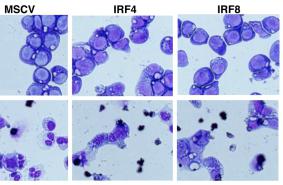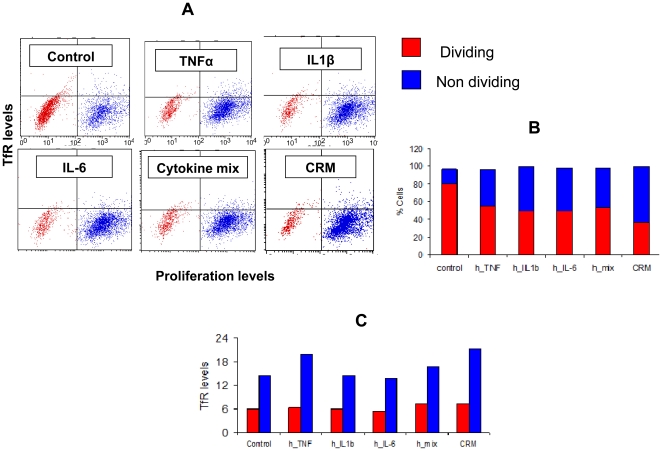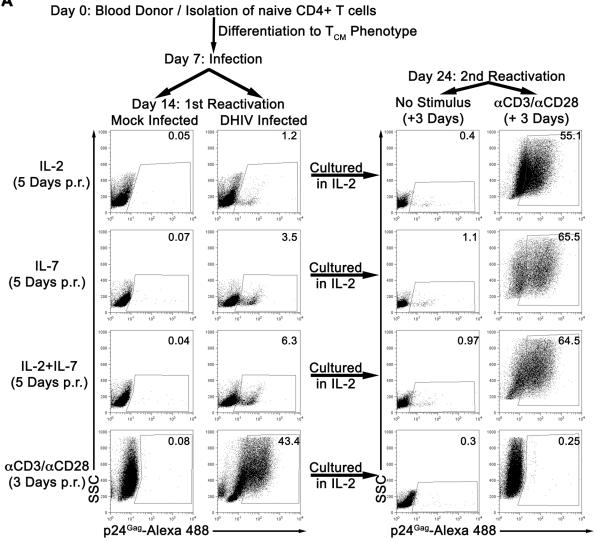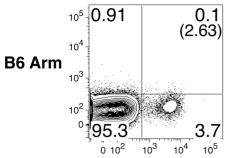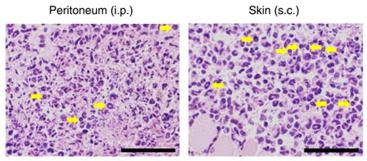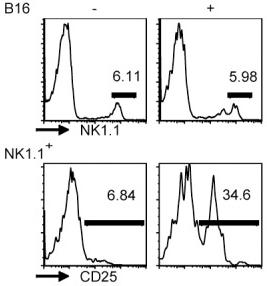Human Ciliary Neurotrophic Factor Recombinant
Categories: HematopoietinsIL-6 gp130 familyNeurotrophic factorsRecombinant Human Cytokines$70.00 – $2,700.00
Description
Accession
P26441
Source
Optimized DNA sequence encoding Human Ciliary Neurotrophic Factor mature chain was expressed in Escherichia Coli.
Molecular weight
Native human CNTF has a calculated molecular mass of approximately22 kDa. Recombinant CNTF is a monomer protein consisting of 200 amino acid residue subunits, and migrates as an approximately 22kDa protein under non-reducing and reducing conditions in SDS-PAGE.
Purity
>98%, as determined by SDS-PAGE and HPLC
Biological Activity
The ED(50) was determined by the dose-dependent proliferation of Human TF1cells was found to be in the range of ng/ml.
Protein Sequence
MAFTEHSPLT PHRRDLCSRS IWLARKIRSD LTALTESYVK HQGLNKNINL DSADGMPVAS TDQWSELTEA ERLQENLQAY RTFHVLLARL LEDQQVHFTP TEGDFHQAIH TLLLQVAAFA YQIEELMILL EYKIPRNEAD GMPINVGDGG LFEKKLWGLK VLQELSQWTV RSIHDLRFIS SHQTGIPARG SHYIANNKKM
Endotoxin
Endotoxin content was assayed using a LAL gel clot method. Endotoxin level was found to be less than 0.1 ng/µg(1EU/µg).
Presentation
Recombinant Ciliary Neurotrophic Factor was lyophilized from a 0.2 μm filtered PBS pH.5.
Reconstitution
A quick spin of the vial followed by reconstitution in distilled water to a concentration not less than 0.1 mg/mL. This solution can then be diluted into other buffers.
Storage
The lyophilized protein is stable for at least years from date of receipt at -20° C. Upon reconstitution, this cytokine can be stored in working aliquots at2° -8° C for one month, or at -20° C for six months, with a carrier protein without detectable loss of activity. Avoid repeated freeze/thaw cycles.
Usage
This cytokine product is for research purposes only.It may not be used for therapeutics or diagnostic purposes.
Interactor
P26992
Interactor
Biological Process
Biological Process
Molecular function
Molecular function
Methods
Culture and In Vitro Differentiation of Human iPSCs
- For in vitro differentiation, iPSC colonies were detached from the feeder layers en bloc using a dissociation solution (0.25% trypsin, 100 μg/ml collagenase IV [], 1 mM CaCl2, and 20% KSR; day 0) and cultured in suspension in bacteriological dishes to form EBs in a humidified atmosphere of 3% CO2.
- From day 1 to 4 of EB formation, 3 μM dorsomorphin , 3 μM SB431542 , and 3 μM BIO ((2′Z, 3′E)-6-bromoindirubin-3′-oxime) were added.
- In addition, 1 μM retinoic acid and 1 μM purmorphamine were added on days 4 and 7, respectively, and maintained thereafter until day 16 .
- The medium was changed every 2 days.
- On day 16, the EBs were enzymatically dissociated into single cells using TrypLE Select , and the dissociated cells were cultured in suspension at a density of 1 × 105 cells/ml in proliferation medium consisting of medium'>serum-free medium (media hormone mix [MHM]; 2.
- The medium was changed every 4∼6 days for…
Astrocyte culturing and differentiation
- Astrocytes were differentiated from iPSCs as described.
- Briefly, NPCs were cultured in MEM/F12 supplemented with 1% N2 , 0.1% B27 , 1% nonessential amino acids , 1% penicillin/streptomycin , 1% GlutaMAX solution , 20 ng/mL LIF and 20 ng/mL EGF for 4–6 weeks.
- Spheres were then transferred to MEM/F12 supplemented with 1% N2, 0.1, % B27, 1% nonessential amino acids, 1% penicillin/streptomycin, 1% GlutaMAX, 20 ng/mL FGF-2 and 20 ng/mL EGF , and mechanically passaged every 2 weeks.
- To generate monolayer cultures, spheres were dissociated with papain and plated in wells coated with Matrigel ( 1:80).
- Monolayers were split with Accutase approximately every 3–4 d, or when confluent.
- ifferentiated astrocytes were created by culturing the cells in medium'>Neurobasal medium supplemented with 0.2% B27, 1% nonessential amino acids, 1% penicillin/streptomycin, 1% GlutaMAX solution, and 10 ng/mL CNTF for…



